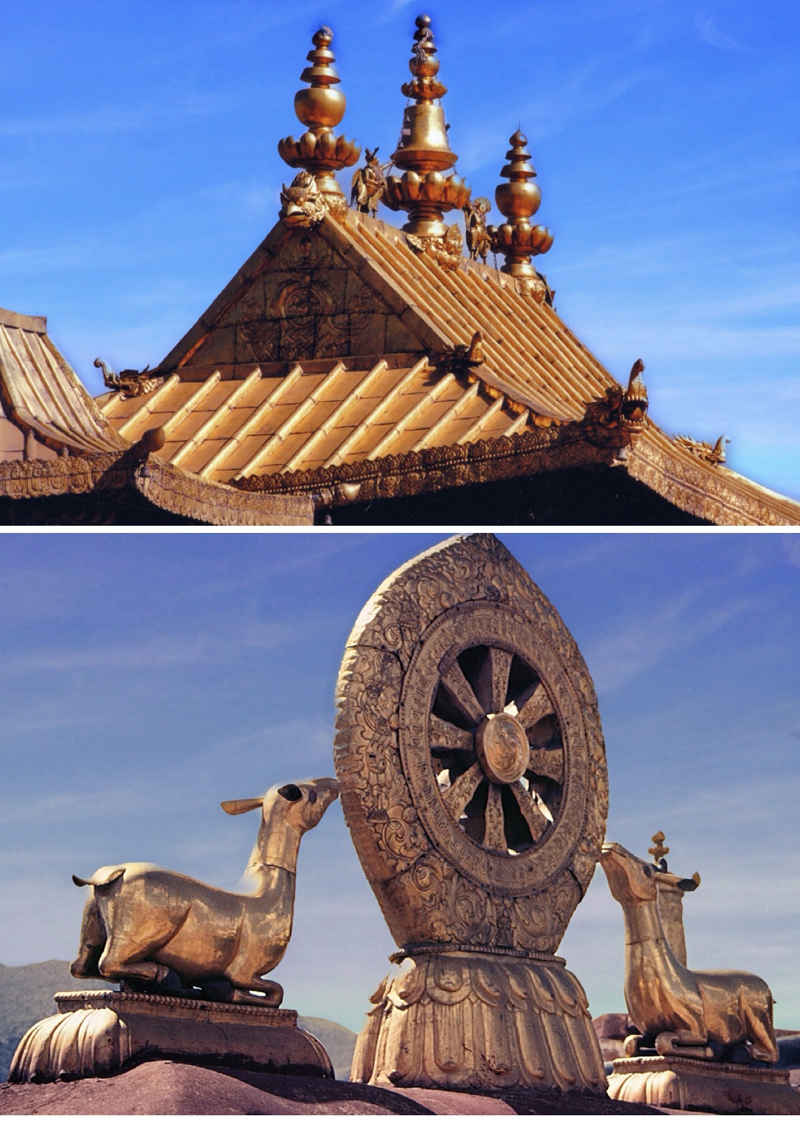Lhasa - a travel dream fulfilled
Updated: 2018-11-20 By Bruce Connolly (chinadaily.com.cn)
 Print
Print




Descending, the aircraft aligned its final approach toward Lhasa's Gonggar Airport above multi-braided channels of the Yarlung Tsangpo River. I looked across the waters toward Samye Monastery before we gently touched down. Alighting, both clarity of the air and an intense blueness of the sky were striking. In the distance rose snow mountains. I had arrived in Tibet.
Lhasa was then a 95 kilometer drive initially alongside the river, passing many chortens and bundles of prayer flags. Eventually a bridge carried the highway across the main channel toward the valley of the Lhasa River. Passing farming villages with fields of maturing barley we stopped at a small lake where a brightly colored Buddha image had been carved from a cliff face.
Beyond, a sign proclaimed "Welcome to Lhasa" and there in the distance, rising on the 130 meter high Red Hill (Marpo Ri), was the Potala Palace. Its golden roof structures glittered in the afternoon sunshine. It was later that day that I finally set foot at Potala Square. Looking toward the Palace I quietly smiled while saying to myself, 'Dream Fulfilled'! The view, then in bright afternoon colors, reflected those previous monochrome images of such a majestic edifice overlooking Lhasa. During my stay in the city I frequently returned to that mesmerizing viewpoint, each time thinking "Am I really here?"
Although Lhasa sits at 3,650 meters, I had no altitude problems except a slowness walking uphill or climbing steps. Maybe it was the excitement of being there that kept me going? Naturally on my first full day in the city, the desire was to visit, to actually be inside and onto the roof of the Potala Palace. One of the world's great architectural wonders it symbolizes both an iconic image of Lhasa and Tibet. From many vantage points around the city I would notice how it so often it featured across the skyline. Initial construction, between 1645 and 1693, was during the time of the Fifth Dalai Lama. Considerably expanded since then, it became the winter palace before completion of suburban and summer residence, the Norbulingka, in 1755.

Gilded rooftops of Potala Place and the Jokhang Temple 2000. [Photo by Bruce Connolly/chinadaily.com.cn]








